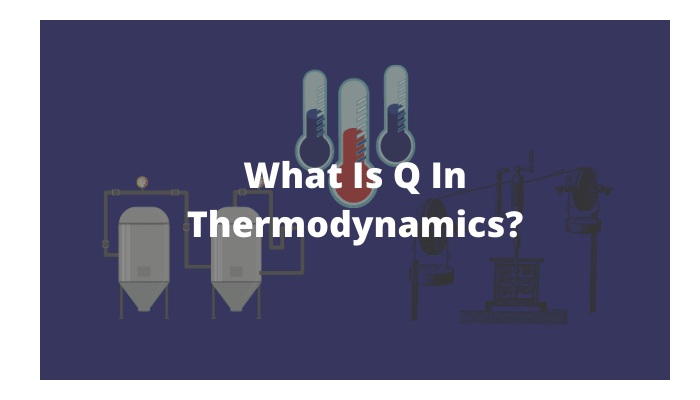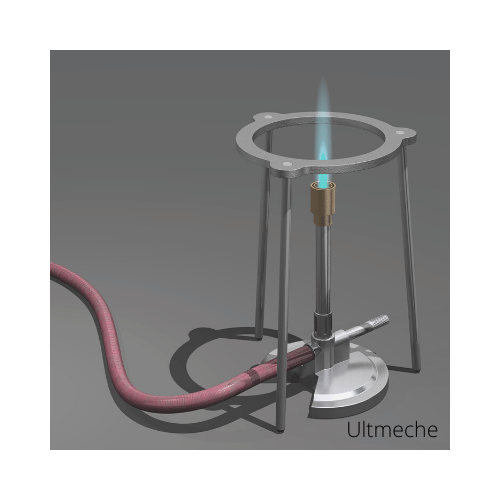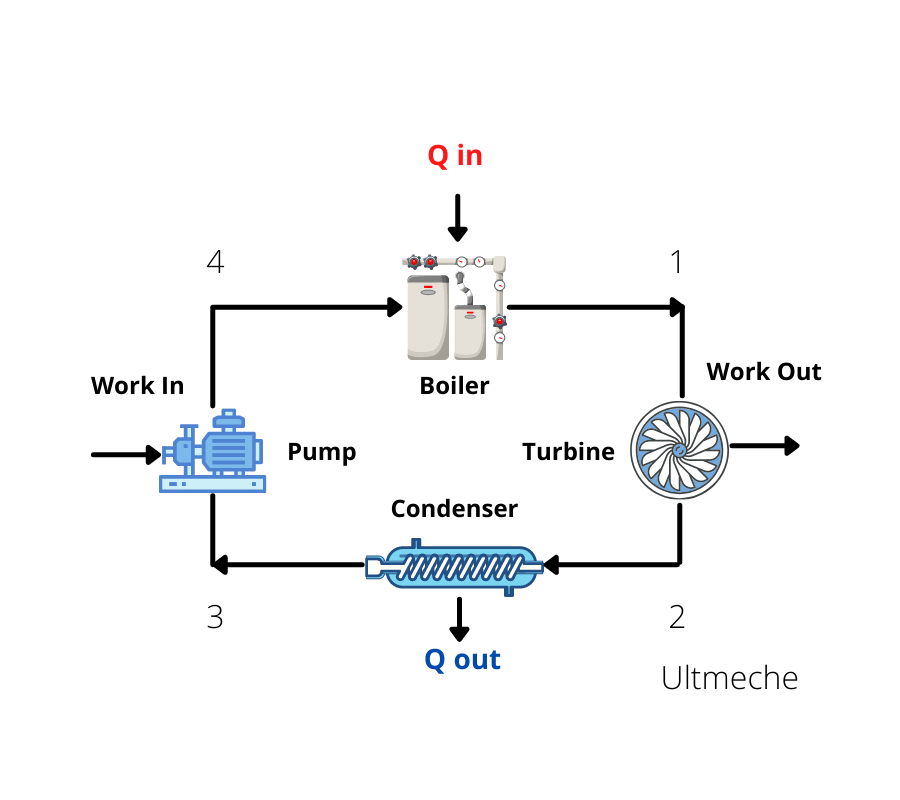
The majority of the thermodynamics problems you solve will revolve around the variable Q, but what is Q in thermodynamics? Q represents the amount of heat released or absorbed in a thermodynamic process. By release or absorb, we also mean transfer.
You have probably heard of Q in your chemistry class, which you took in high school or earlier in college. Q just simply represents the form of heat. Assuming that chemistry covers both lab and theory, you have dealt with experiments using instruments such as Bunsen burners. Bunsen burners apply heat to your system, which is your Q. Experiments in chemistry deal with heating things in beakers, crucibles, pots, etc. to monitor reactions such as how long something takes to burn up.

Equations That Involve Q in Thermodynamics
Q = MCAT Equation
Q = mCΔT
where:
Q equals the amount of heat released or absorbed (positive or negative)
C equals the specific heat of the object
ΔT equals the temperature difference
The First Law of Thermodynamics
Q – W = ΔE
where
Q equals the amount of heat released or absorbed (positive or negative)
W equals work done into the system or out of the system
ΔE equals the change in the overall energy of the system (internal, kinetic, and potential energy)
Note: You should know what kinetic and potential energy are at this point if you are taking thermodynamics. In a physics context, kinetic energy equals 1/2mv^2 and potential energy is mgh. Different classes have different ways of expressing kinetic and potential energy, but they all mean the same thing. It is up to you as an engineering student to be able to manipulate those equations to get the variable you want.
Efficiency

In Thermodynamics, you will be performing calculations of the efficiency of cycles given certain inputs. Efficiency is what you get over what you pay.
How do we relate Q to efficiency?

Where:
Q in equals the amount of heat put into the boiler
Q out equals the amount of heat transferred out of the condenser
Note: The actual math and derivation is more complicated than this, but not by much. This is a simple explanation of what the Q parameter is in thermodynamics.
The above are three of the main equations you need to know in thermodynamics. You will be given problems in which both equations apply. Engineering courses test your ability of quantitative reasoning given certain variables such as engineering parameters. Work, heat, pressure, velocity are a few of those engineering parameters. The math in engineering courses ranges from basic arithmetic to complex calculus, but keep in mind that we are all human. Although professors do set unrealistic expectations on students, the math in courses should not exceed the fundamentals of calculus.
The fundamentals of calculus are not too difficult, as you just need to understand derivatives and integrations.
Thermodynamics is not that difficult of a class, unlike how many people think it is. The reason thermodynamics gets such a bad rep is due to teachers tossing out so many variables and making material dense for students. It shouldn’t have to be dense, and instead, it should be more simple.
Like everything else in life, take it one step at a time. Learn one variable, then move onto the next. Going over long homework problems and examples? Start by understanding each line that your teacher goes over. Do this over and over and then eventually you will understand thermodynamics. The hardest part is just getting yourself to do the work, with all other obligations going on such as other classes, family, friends, etc.
Are you an engineering student and worried about thermodynamics?
Read my guide on how to pass thermodynamics class.
About the author

Kazuyoshi Fujimoto, PE
Founder | Engineering Career Coach | Principal Mechanical Engineer
Kazu oversees all of ultmeche’s engineering services. He provides consulting such as resume reviews, rewrites, mock interviews, and all services career related. Additionally, Kazu performs consulting work regarding Oil & Gas, Automotive, and Aerospace & Defense. Kazu is licensed as a professional engineer in the state of California and has 9+ years of experience in Oil & Gas, Automotive, and Aerospace & Defense.
